
John Chamberlain’s works have always defied stasis—his crushed metal sculptures, electric in form and color, seem to be perpetually in motion, bending and folding under the weight of time.
Living with Chamberlain, a new book published by Assouline, reveals how the artist’s material legacy has suffused the homes of his collectors, offering a poignant examination of its reach beyond museum or gallery walls. Featuring a foreword by Rick Owens and conversations with creative visionaries like Vera Wang and Solange, the tome showcases unseen images of Chamberlain’s work installed in private collections, alongside exclusive archival photography charting his creative evolution over decades.
Among the luminaries featured is interior designer and arts patron Robert Stilin, who sat down with CULTURED’s Design Editor-at-Large Colin King to discuss his personal connection to Chamberlain’s practice.
Their conversation spans Stilin’s decades-long love affair with the late artist’s work—from his earliest introduction to Chamberlain’s lesser-known Widelux photographic inquiries to his commitment to fostering a true communion with, rather than reverence for, works of art.
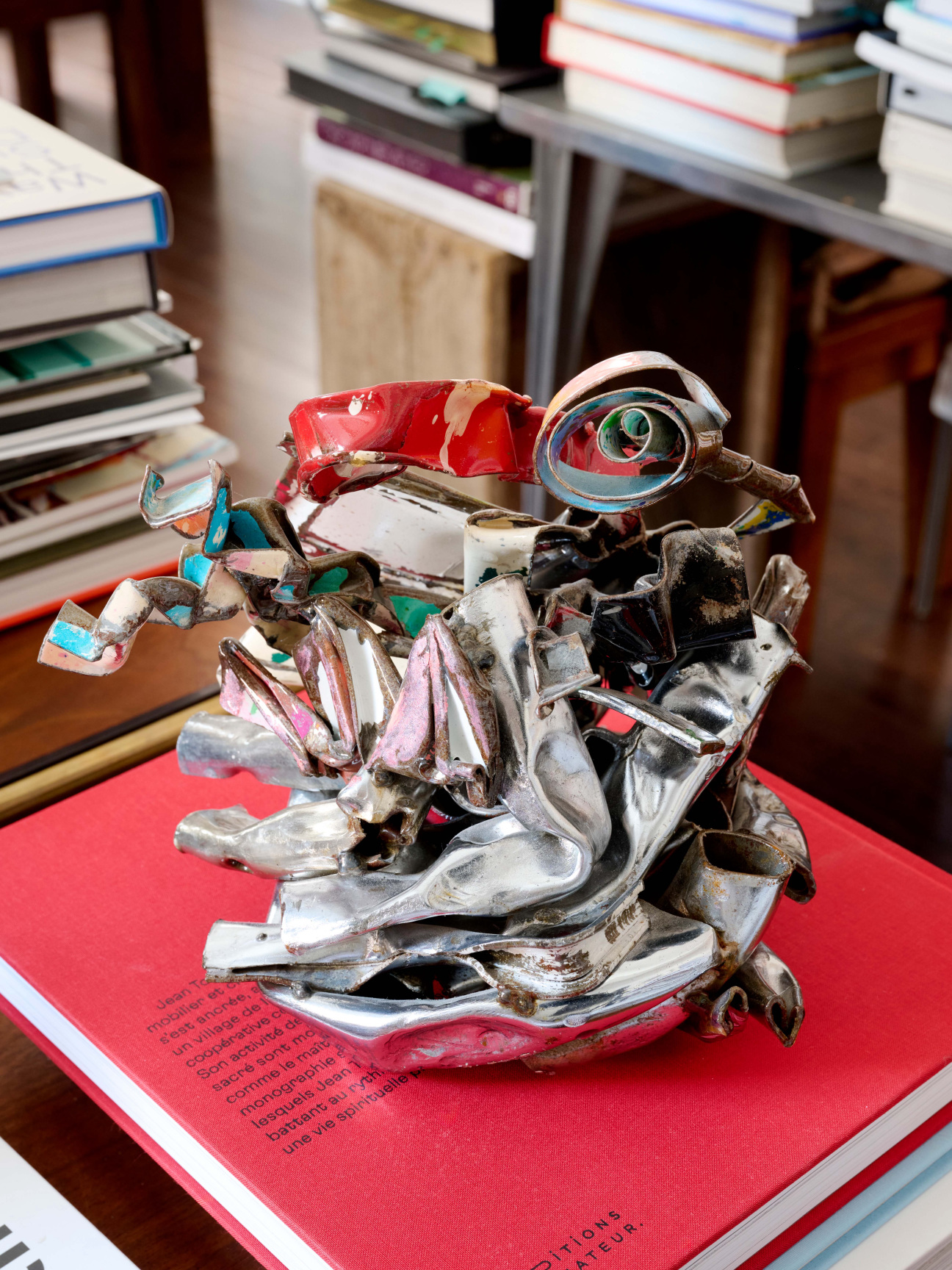
Tell me about how you first came across John Chamberlain’s work. What was it that grabbed your attention?
It was at least 25 years ago—either at a gallery or an auction house. I was attracted to the scale, the texture, the color, the fact that it’s something that’s been recreated into something else—but [you] can’t quite tell what that is. The work is humble, but it’s elegant at the same time. It feels very organic to me, very personal.
There’s an irreverence to it—a non-hierarchical quality. Has his art impacted your own creative practice?
It’s definitely inspiring to me. Any parallels with my own work would be in the repurposing and layering of things to create depth. I did meet him a couple of times. He was kind of crotchety, although he [was also] the sweetest, most lovely man. My impression was that he wasn’t too precious. It’s like, “Put the sculpture up, move it around. It’s already dented, it already has scratches, it’s already peeling. What’s the big deal? It’s gonna be beautiful, no matter what you do with it.”
You have prints from Chamberlain’s Widelux era? It’s not that widely known. What can you tell us about this body of work?
I discovered my first one at a Phillips auction and was immediately attracted to it because I collect photography. I didn’t know that particular body of work. It felt like nobody was paying attention to them. I bid on that first one and got it. Then another one came up, and I bid on that one too. I ended up with two beautiful, lesser-known works by John that have been in my life now for at least 10 years. They’ve always had a prominent position in the places I’ve lived.
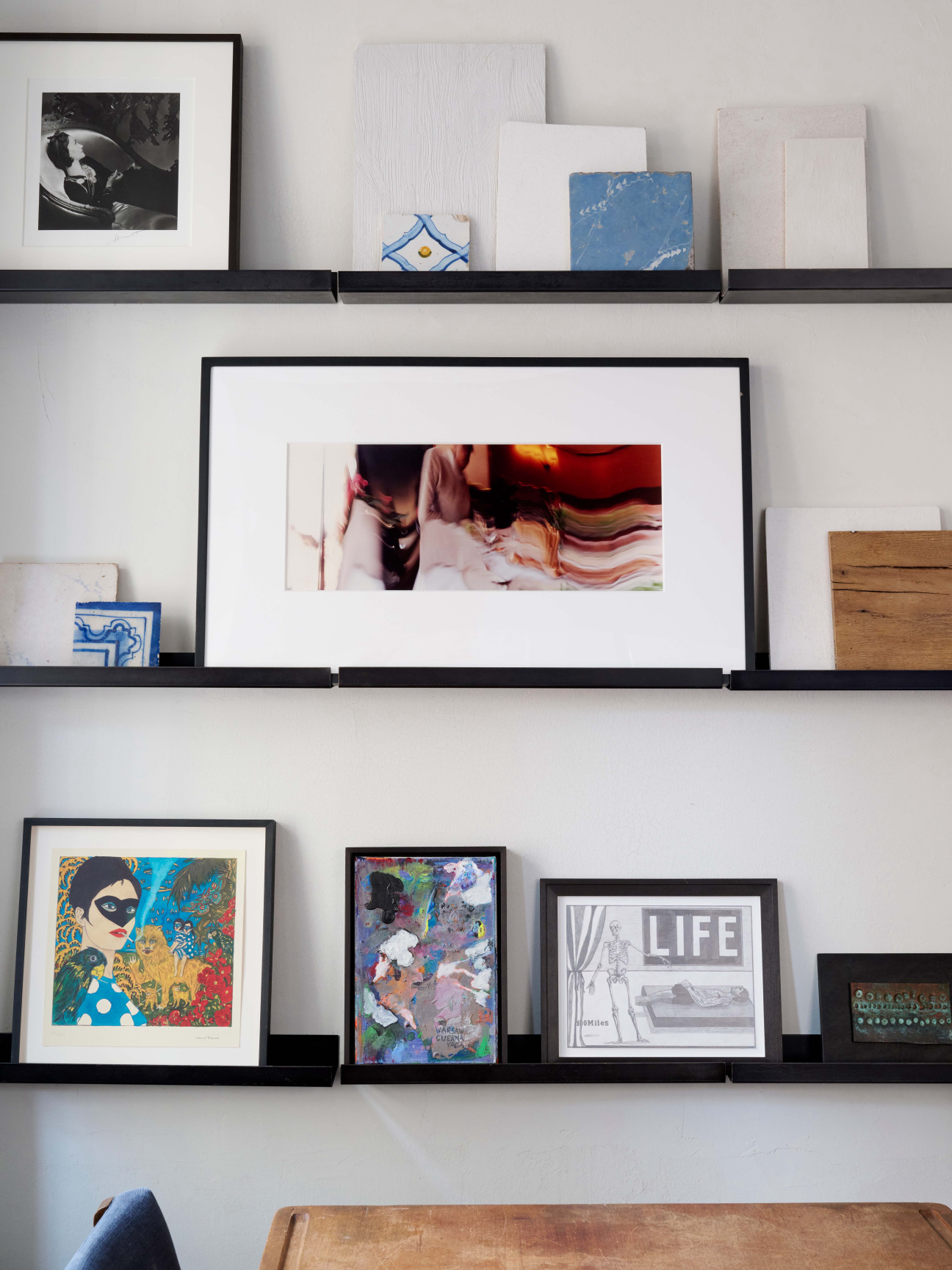
How have you chosen to display them?
Centered over the tub in my new apartment in Brooklyn are two photographs [by other artists]. One looks like a painting—it’s of the sky—and it’s next to a portrait. On the opposite wall, there’s a beautiful textural ceramic wall sculpture that Peter Lane did, and on a bigger wall nearby is one of the Chamberlain photographs. The juxtapositions among those pieces evoke something that feels very John Chamberlain: down to earth, no bullshit. But I didn’t think about that when I put them together. I’m sure you do the same thing when you work. It all happens very fast and it’s not necessarily too thought-out—although it is intentional. The other one is hung in my living room, which is a big loft-like space. It’s flanking a very large canvas painting by Leonardo Nemi, an Adam Fuss—one of his negative photographs that’s very abstract—and a Herb Ritts photo from his “Africa” series.
How would you describe Chamberlain’s legacy and his impact on you?
I was raised in a small town with old-fashioned values around hard work, so I don’t think it’s a shock that I’m drawn to the workers, or a man like him. I knew characters in my life that might not have been artists, but made other things. I find that kind of person intriguing—and appealing.
Someone like him, working a studio with all kinds of things going on, they don’t treat their work preciously. People make art feel so precious—you can’t touch it, it’s got to be hermetically sealed—and that feels silly. Live with your art. Make it a part of your life. Put it on your coffee table next to your glass of wine. It’s all good.
This conversation has been excerpted and condensed from Living with Chamberlain.

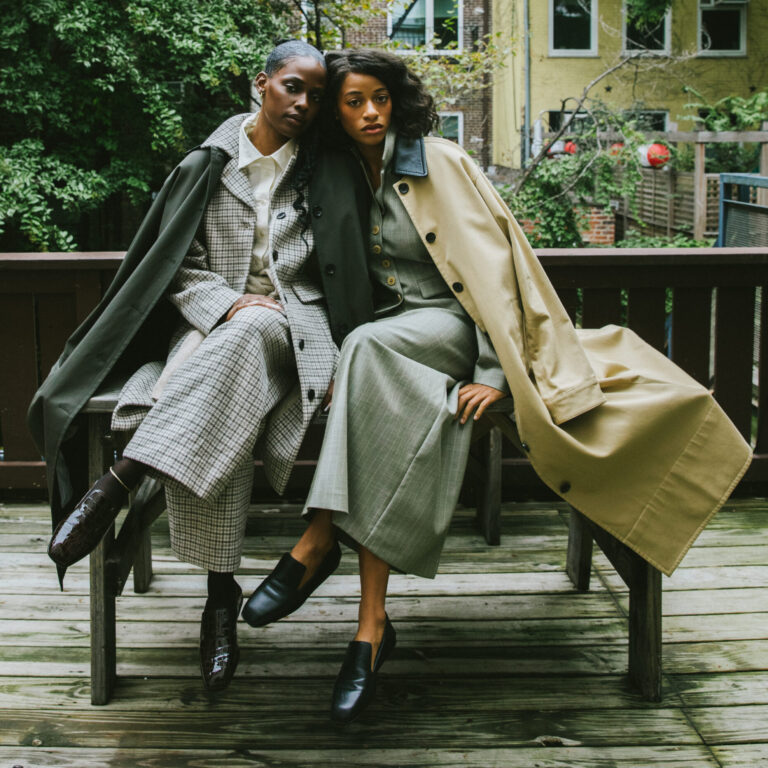
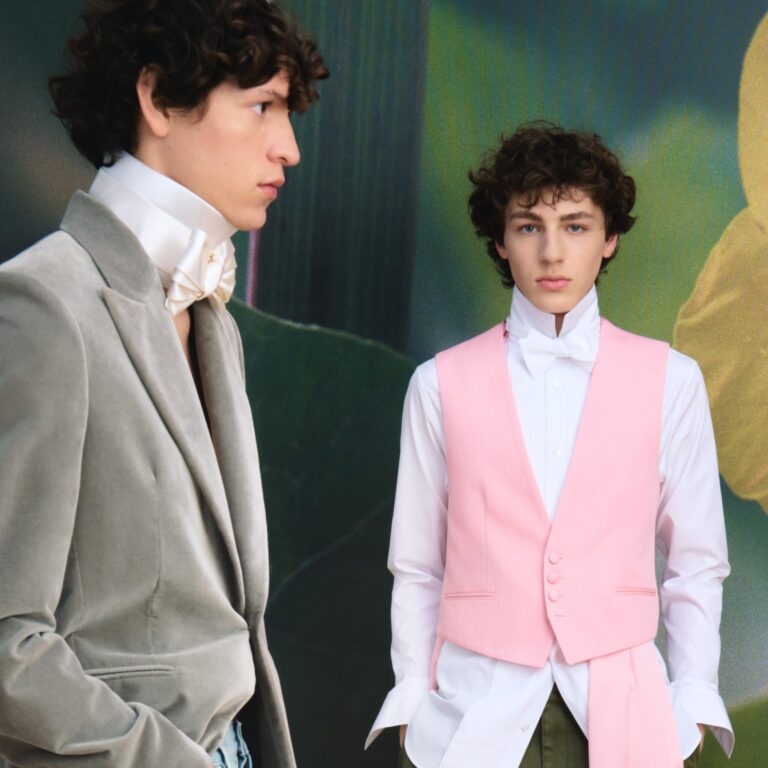
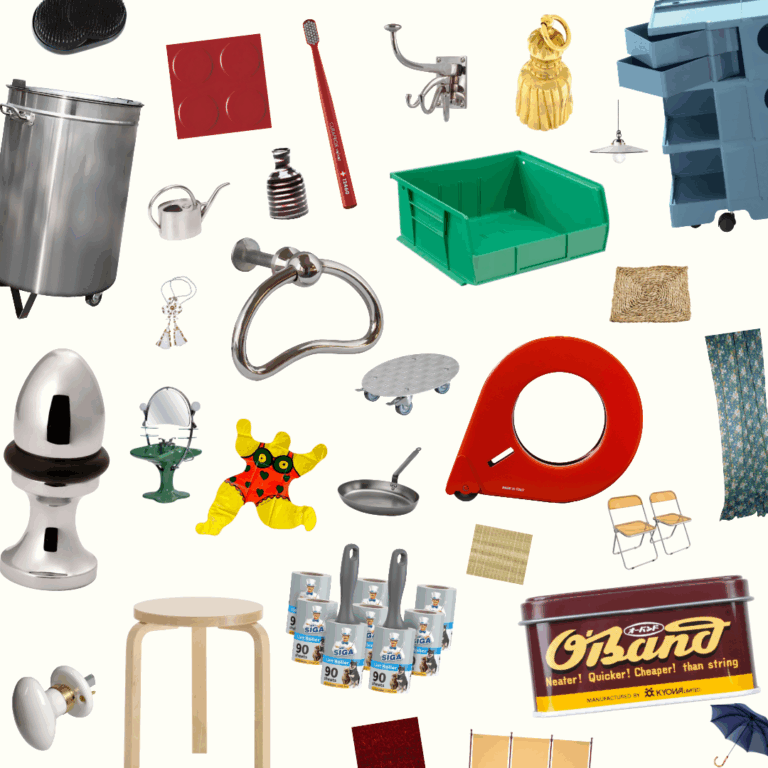


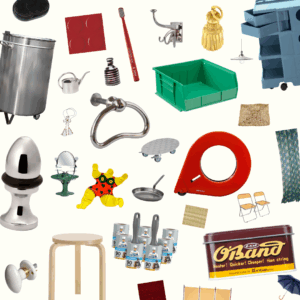

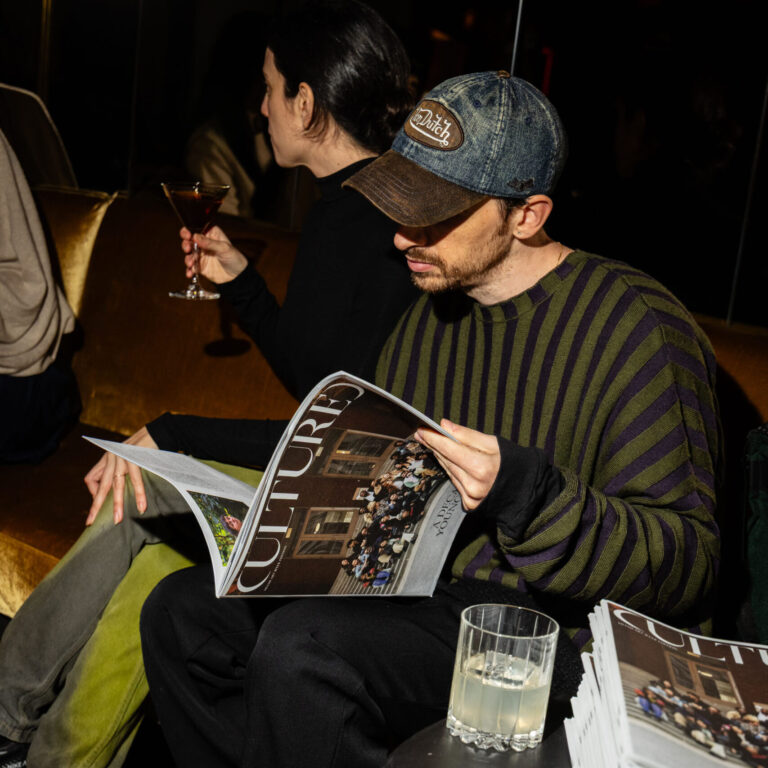

 in your life?
in your life?

